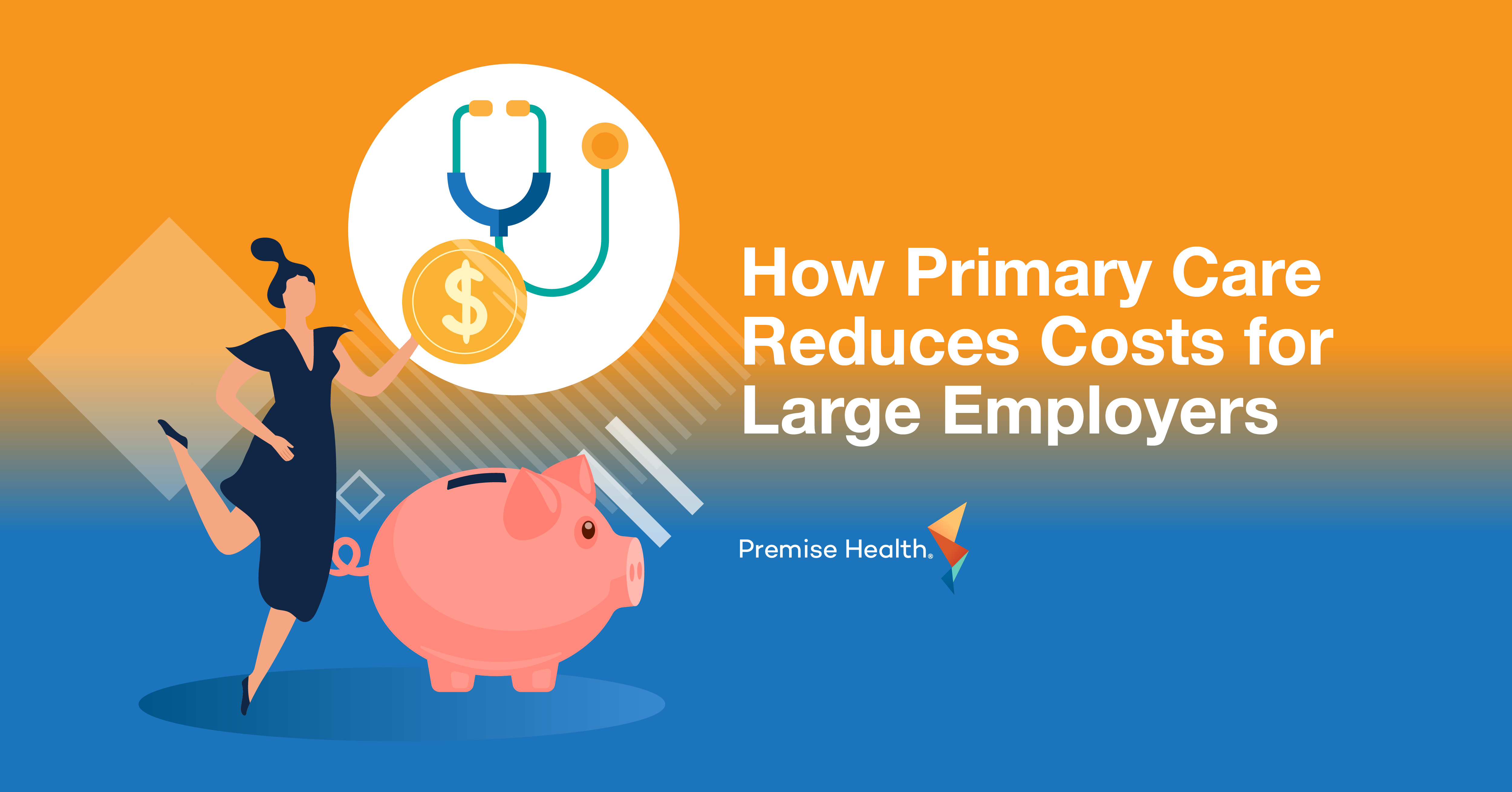3 Healthcare Trends to Know in 2025
The first of the year signals another chapter in healthcare benefit offerings. And for many employers, the turn of the calendar brings new beginnings and new goals. Here’s a look at three growing healthcare trends that benefits managers should be aware of moving ahead.

Family premiums for employer-sponsored health insurance rose 7% this year, according to findings from Kaiser Family Foundation’s 2024 Employer Health Benefits Survey. This is the second year the cost of health insurance has risen 7% for organizations, a growth rate not seen in more than a decade.
So, what’s driving up costs? A large chunk is driven by pharmacy increases. From 2021 to 2023, the median amount of healthcare spend on pharmacy rose from 21% to 27%. Unsurprisingly, these pharmaceutical costs are in large part due to the increased demand for GLP-1s to treat chronic diseases like diabetes and obesity. But trending GLP-1s aren’t the only drugs driving up costs. Both cancer and musculoskeletal conditions remained the top two cost drivers, with cardiovascular conditions as the third costliest.
These figures mean more employers need to boost early screenings among their employee population, as well as other preventive health measures such as increasing primary care visits. Employers can make it easy for their people to receive more preventive care by offering an onsite or nearsite wellness center as an employee benefit, helping reduce expensive downstream costs for employers while improving the health of their people.

In the past, many employers opted to increase healthcare cost sharing, believing it would encourage employees to be smarter consumers and avoid unnecessary care. What resulted was many employees avoided going to the doctor altogether. But now, more organizations are recognizing that sharing costs has proven unsustainable for their employee populations.
A growing number of large employers are taking tangible steps to shield lower-wage workers from rising healthcare costs. According to WTW’s 2024 Best Practices in Healthcare Survey, more than half of employers surveyed (52%) plan to implement programs that will reduce total costs, and just as many (51%) intend to adopt plan design and network strategies that steer to lower-cost, higher-quality providers and sites of care. Only 34% expect to share costs with employees through premium contributions.
Advanced primary care is another solution employers are considering to reduce total costs without limiting healthcare access. This care model makes primary care the foundation, which saves employers and their employees money. At Premise Health, our claims-based analysis of over 207,000 lives showed that organizations save an average of 30%, or $2,434, per member per year on the total cost of care for members and dependents attributed to a Premise onsite or nearsite wellness center, compared to those who access care in their communities. And it isn’t just employers that are reaping the benefits: our members are spending about $290 less on average for their healthcare each year.

It’s no secret that behavioral health conditions are on the rise nationwide. In 2022, 23% of adults received mental health treatment, up from 19% in 2019. To meet this growing demand, an increasing number of organizations are focused on improving appointment access and eliminating cost barriers for those seeking mental and behavioral health treatment. Over 76% of large employers in Mercer’s National Survey of Employer-Sponsored Health Plans said improving access to behavioral healthcare will be a priority over the next few years, exploring options such as no- or low-cost virtual counseling, eliminating out-of-network barriers, and the use of onsite counselors.
Another solution is to integrate behavioral health into primary care through an onsite or nearsite wellness center, a trend more employers are implementing into their benefit offerings. Research indicates that primary care physicians are ideally situated to identify and treat behavioral health needs in a timely manner. When these two types of care are integrated in one convenient place, primary care physicians can connect patients directly to behavioral health services. This makes it easier for them to track how patients are doing and connect them to any extra resources they might need.
Behavioral health integration with primary care can also encourage treatment adherence, improve symptoms, and lower healthcare costs. In a Premise study we found that when members attributed to both Premise primary care and behavioral health, employers saved $5,377 per member per year — a substantial 48% reduction in total cost of care. Research also found that Premise behavioral health-attributed members were more likely to engage with primary care, allowing for better preventive care and lower costs.
As we head into the new year, it’s important for organizations to consider the impact these trends will have on their bottom line. Bracing for impact is one thing, but having a strategic plan to offset healthcare costs that continue to rise is another. Premise partners with large organizations to deliver high-quality, advanced primary care that actually helps cut healthcare costs for you and your people, while giving your employees a unique, value-driven healthcare experience.
Contact us today to learn how Premise can partner with your organization.
Next on industry insights.

How to Futureproof Your Healthcare Benefits
Read the Blog
Why Partnering with an AAAHC Accredited Organization is a Win for Your Workforce
Read the Blog